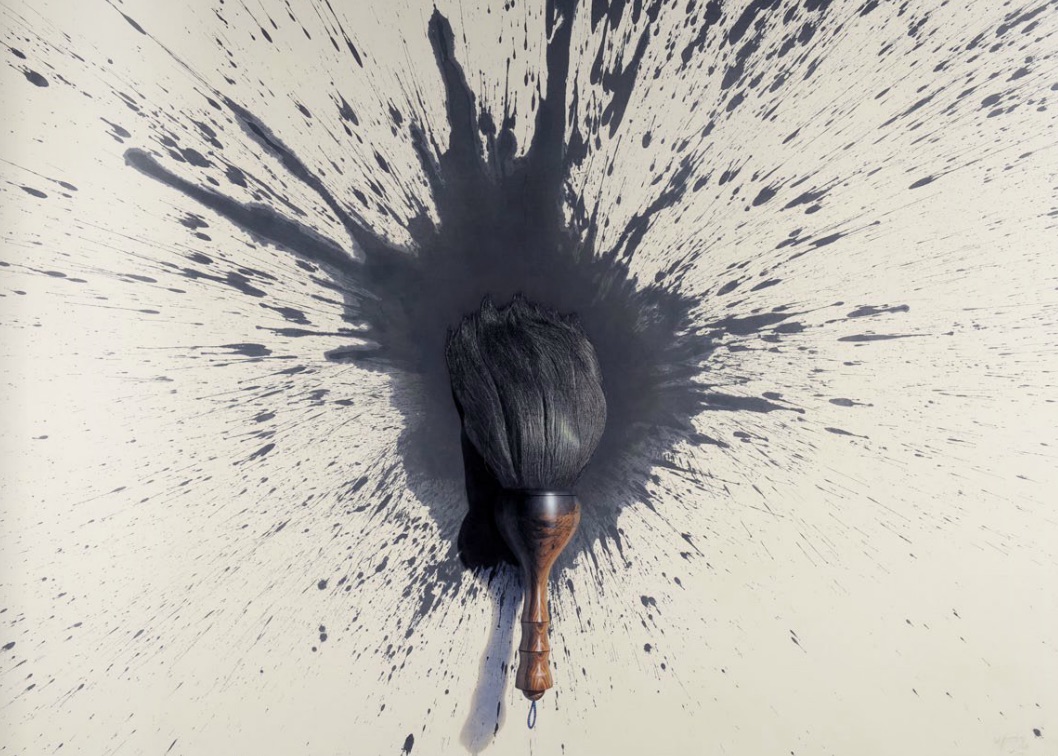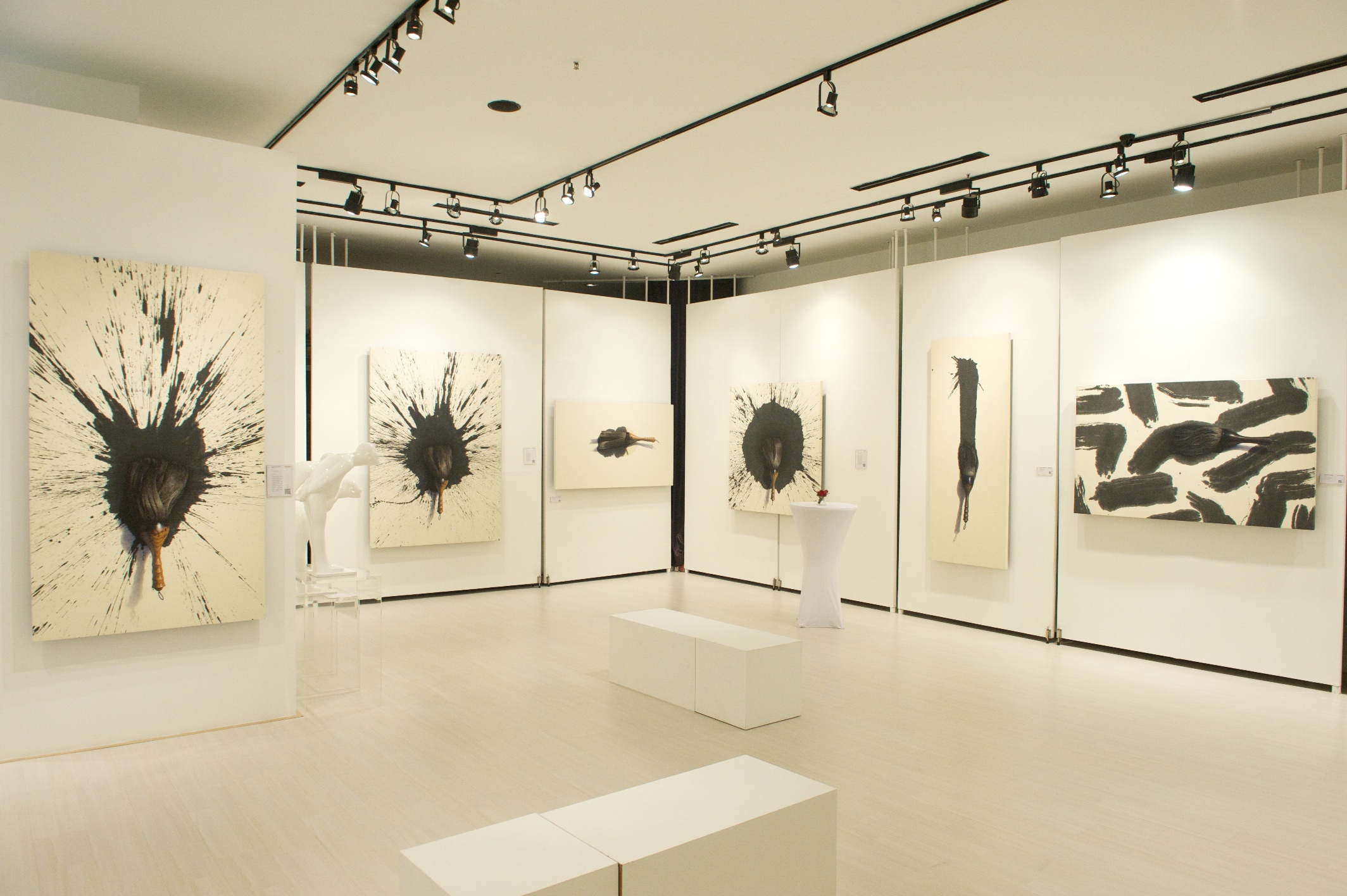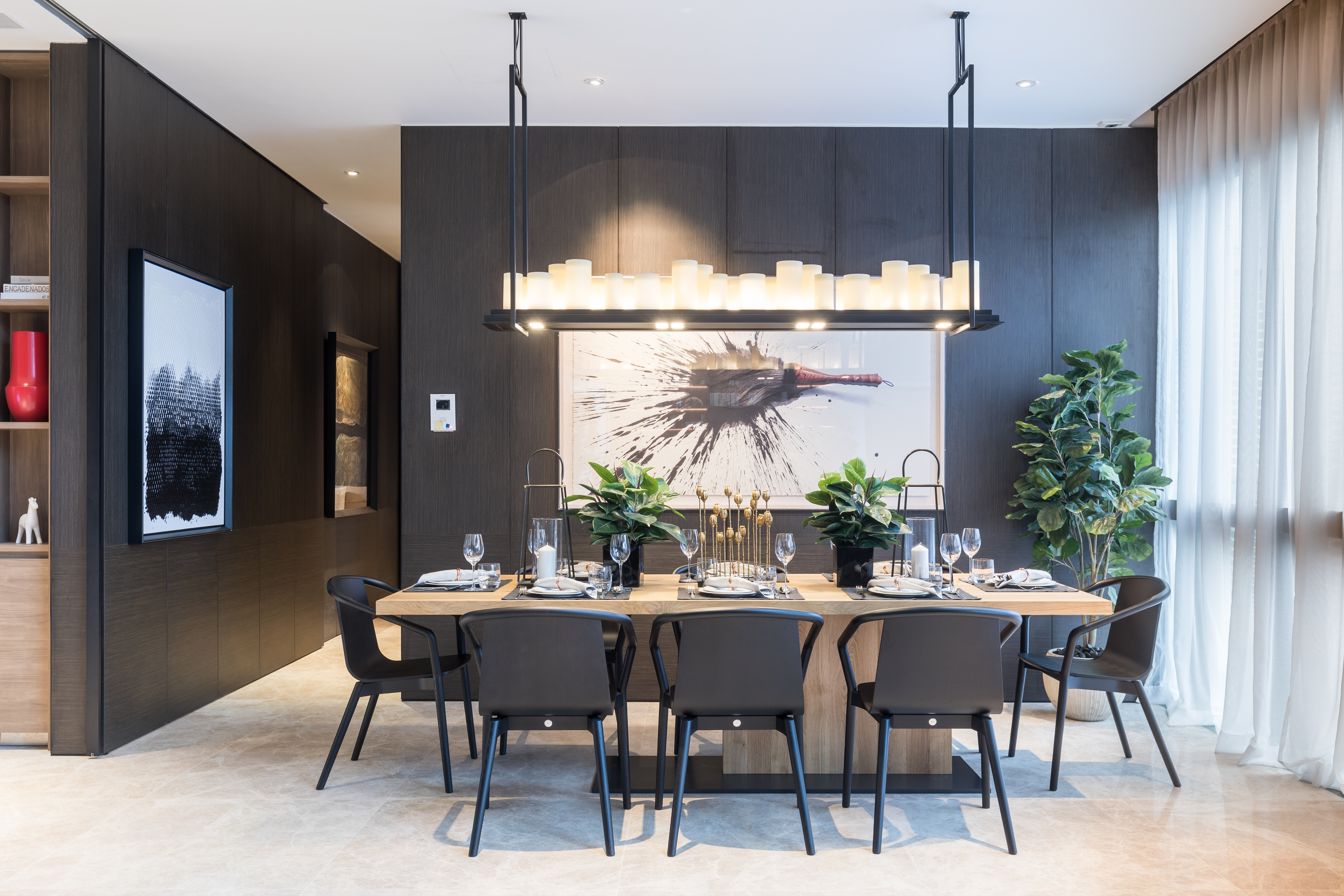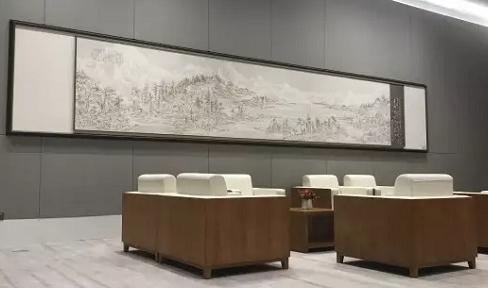
All About Artists
Lee Jung Woong: East Meets West
Lee Jung Woong masterfully combines both the techniques and materials of the East and West to create art that is uniquely his own.
By Sophie-Isabelle Tan

Lee Jung Woong consistently melds the traditional with the contemporary, the East with the West. In his renowned 'Brush' series, violent splashes of inky black contrast against the stark backgrounds and glossy, hyper-realistic Chinese brushes of his paintings. The striking details of each brush, painted to the very last hair, gives the inanimate object a sense of life and emotion from which the chaotic ink spills from. The paintings are dynamic, poetry-in-motion, surpassing simple two-dimensional images by portraying art in the midst of being made.

Brush
Painted with Western Oil paint on Korean rice paper, Lee Jung Woong achieves a sense of balance and harmony through negotiating the two worlds within his paintings. He shows a mastery over the art he has honed, and is able to use the techniques, styles and materials of both the East and the West to his advantage. By combining these materials and techniques, Lee takes the best of both worlds to make something uniquely his own.

Brush
The various and varied techniques he employs in his painting, confuse and manipulate the viewers' perceptions as they try to work out where the Asian ink painting ends and the Western realism begins. The hyper-realism of the titular 'brush' against the painted ink splatters presents a sense of visual tension, causing some to question if the painting is actually a photograph. The viewer has to keep using the reality of the materials, the paint and paper, as reference points for what is real and false, becoming constantly kept on their toes mentally the more they stare into the painting.

Lee's unique compositions are both technically and conceptually masterful, stirring not only the soul, but also the mind. It is for these reasons that the 'Brush' series has found success all over the world. The series has been extensively exhibited in Korean biennales, fairs, museums and galleries as well as in both solo and group exhibitions in America, Switzerland, Singapore and Spain.




 2018 sgd14500.jpg)